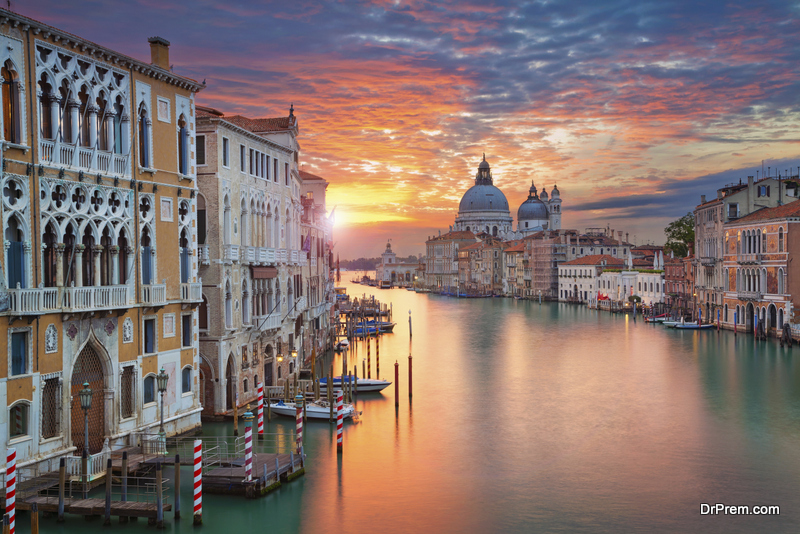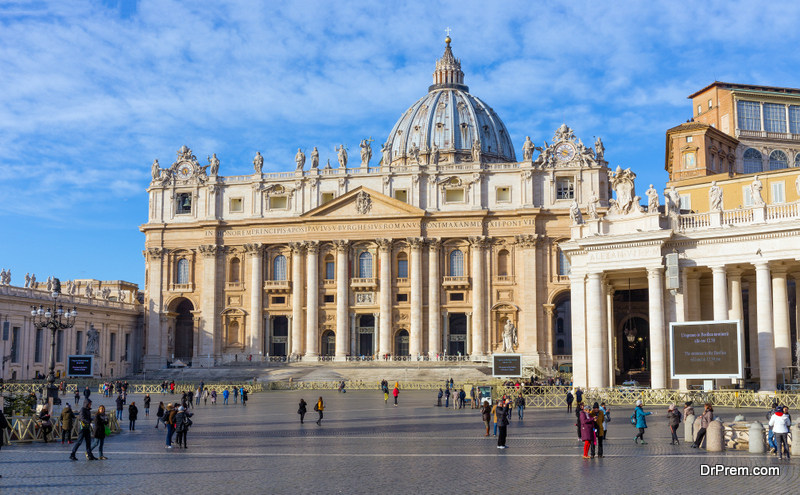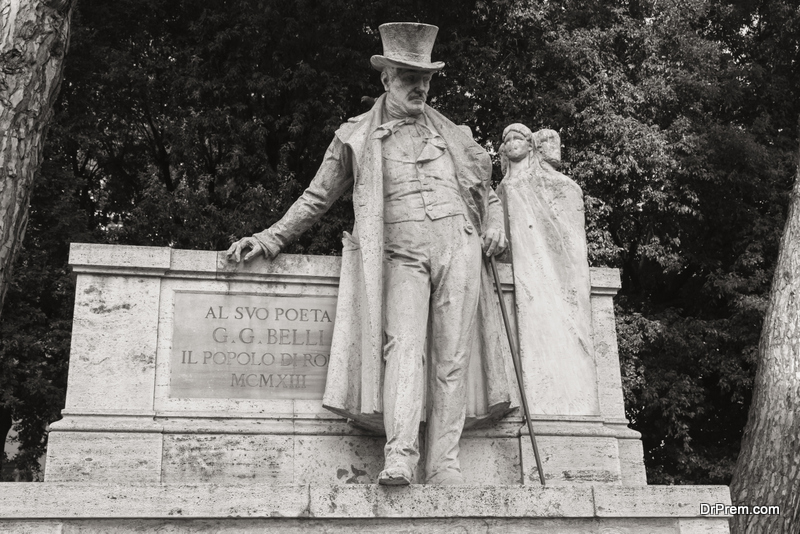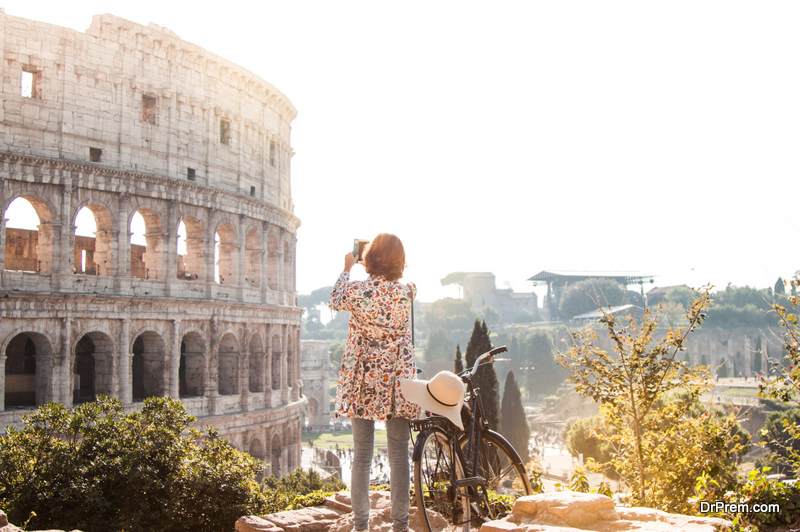When you think of Rome, you might picture gladiators duking it out in the Colosseum while spectators cheer wildly. If you’re into art, perhaps you think of the beautiful architecture and artwork in the Vatican museums. Whatever your preference, Rome is one of many cities full of rich history worth visiting in person.
If you’ve never had an Italian vacation, here are 3 reasons to get up close and personal with Rome’s history.
1. Rome’s history is epic

Famously known as the “Eternal City,” Rome holds some of the deepest history among ancient civilizations beginning with its mythology.
Legend says that two twin brothers – Romulus and Remus – were born to a princess and the Roman god of war, Mars. The king in their city feared being overthrown by the boys and sent them down the Tiber River in a basket. A she-wolf found the twin boys and cared for them until they were adopted by a shepherd. Later in life, the boys realized they were born leaders and set out to found their own city but couldn’t agree on a location. They both began building city walls on two different hills, but as animosity between them grew, Romulus became enraged and killed his brother. He continued to build his city and in 753 BC he called it “Rome.”
Other sources – like the poet Virgil – say Rome was founded by the Trojan hero Aeneas.
Modern governmental structures were inspired by Rome
Roman kings were elected by their people for a lifetime of service. Each king served as the leader of government and religion with advisors (called senators) to help. In the early days, there were 100 advisors but when the republic was founded that number grew to 300. Of course, there are major differences between Rome’s government and modern governmental structures, as many countries no longer have kings. However, some aspects of today’s governmental structures seem to have used Rome as a template.
2. Rome is where the art is

Romans didn’t skimp on their artwork. Sculptors, for example, would often spend decades completing one piece of work. Sculptures were large and proudly displayed in front of and inside of public buildings, parks, homes, and gardens.
Talented painters skipped the canvas and painted directly on the walls. These paintings are referred to as frescoes. Unfortunately, many of these paintings have been destroyed over the years, but some were preserved in Pompeii when the entire city was buried by a volcanic eruption.
Perhaps the most notable preservation of frescoes exists within the famed Sistine Chapel. Italian master artist Michelangelo painted nine brilliant scenes from Genesis on the ceiling including the most famous scene the “Creation of Adam” where God is reaching out nearly touching Adam’s finger.
Another treasure trove full of artwork is Saint Peter’s Basilica. This masterpiece was engineered by the greatest minds of the age, including Michelangelo and Bernini. The whole construction took 120 years to complete. The best part is the optical illusion Bernini placed in St. Peter’s Square that make the building’s support columns disappear and reappear.
You need to see these paintings in person to experience the full depth of these breathtaking masterpieces. The easiest way to skip the line and get around the crowds is to book a semi-private tour with What a Life Tours. Their tours, which include several Vatican tours, have been rated #1 on Trip Advisor since 2011 by thousands of travelers worldwide.
3. Rome was home to brilliant poets
 Literature was important in Rome, but the most famous writers were poets. The three of the most popular poets from Rome are Horace, Virgil, and Ovid.
Literature was important in Rome, but the most famous writers were poets. The three of the most popular poets from Rome are Horace, Virgil, and Ovid.
Virgil (70 BC to 19 BC) wrote the Aeneid – the story of a Trojan hero named Aeneas, who founded the city of Rome long before Romulus and Remus were around.
Horace (65 BC to 8 BC) was the well-educated son of a freedman clerk and is best known for a collection of poems titled the Odes. His other works include books titled Satires and Epistles. After supporting the men who killed Caesar, he lost all of his property and began to write poetry. Horace gained independence when a friend gifted him a farm and he continued to write fantastic poetry in Greek lyric meters between 40-9 BCE.
His two-volume book titled Satires is filled with social criticism and commentary of the times. Horace’s two-volume book titled Epistles is more intimate with the second volume dedicated entirely to literary criticism.
Ovid (43 BC to 17 AD) wrote love poems, but is especially known for writing Metamorphoses. This epic consists of 15 books and more than 250 myths chronicling the history of the world from the beginning of creation through the rise of Julius Caesar.
Make Rome your next vacation destination
You know how the saying goes… when in Rome, visit all the historical sites you can find!
Article Submitted By Community Writer


